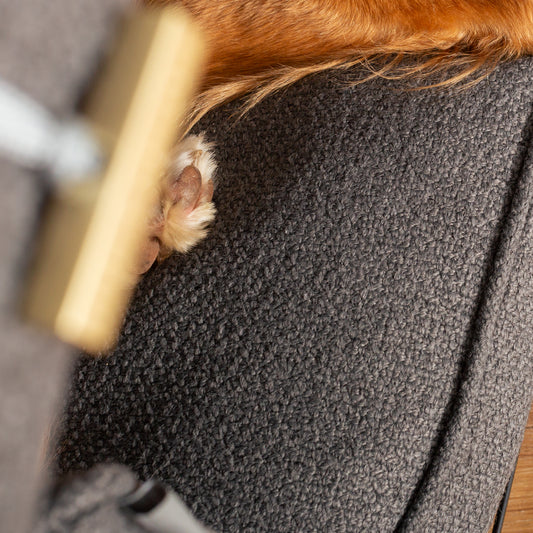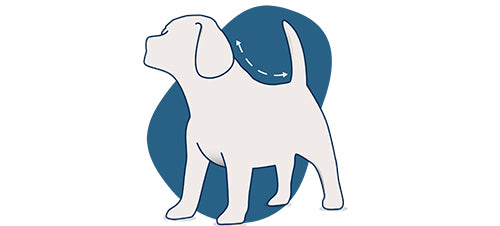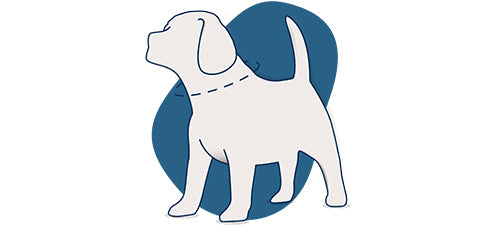Bringing a new pup home for the very first time is an exciting and special moment for any family. However, when you’re welcoming a dog into your home, there are a lot of things you need to consider, many of which may not have occurred to you beforehand. From finding the perfect place for your canine to sleep to purchasing the right dog toys to make them feel as comfortable as possible, the list can feel almost endless.
Of course, there’re always going to be some things you forget, many of which may be impossible to foresee as they relate to your new furry friend’s individual needs and personality. But in order to make the transition as easy and stress-free as possible for both your family and its new fluffy member, here at Lords & Labradors we turned to our dog-owning social media followers for the top 10 things they wish they had known when they first welcomed a puppy into the family. Spurred on by the chance to win a beautiful doggy hamper worth £100, it’s safe to say our wonderful followers did not disappoint.
Here's what we found out...
Top 10 Puppy Tips
Reading through the hundreds of tips sent in by you, our expert dog-owning followers, it soon became clear that there are three key pieces of advice seasoned dog owners wish they had known prior to welcoming a new pup into the family. These revolve around giving your new four-legged friends plenty of space and letting them settle at their own pace, providing lots of positive encouragement, while also setting boundaries early on, and, of course, showing them lots of love and support right from the get go.
While it can be tempting to mollycoddle and overindulge your new dog in an attempt to make them feel welcome and at home, as our competition winner @ted_cockapoo9 (Instagram) stressed, giving them a little space and time to adjust to their new surroundings by themselves can work wonders for their confidence.
Similarly, setting boundaries and training your dog early on is critical. From not allowing your pup to go upstairs or sit on the furniture and ensuring they behave when they are left alone in the house, setting boundaries through active obedience and separation training will not only set the right family dynamic, but also improve the bond between you and your canine.
1. Give Your Puppy Space
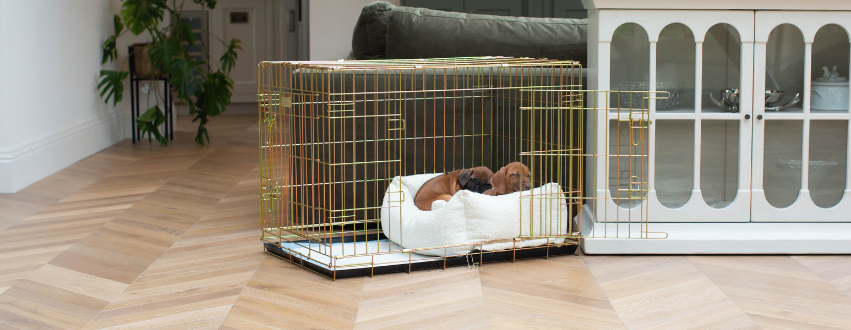
@ted_cockapoo9 points out that giving your new pet a little bit of space when first bringing them home is absolutely key and can help them settle in without feeling stressed or overwhelmed.
“Don’t crowd them or try to over-stimulate them - let them have a sniff around at their new surroundings and if they want to lay in their bed, don’t stress. Every pup is different but most appreciate space to explore”
2. Separation Training
Urban Paws UK stressed the importance of separation training when you first bring your puppy home
“When you leave the house you dog needs to be happy and comfortable with their owner being away. Leaving the dog in a safe room, with a favourite toy and/or treats, will help relate this to a positive experience. Start with 5 minutes and build the time up until the dog is happy to be left on their own”
3. Socialising Your Puppy
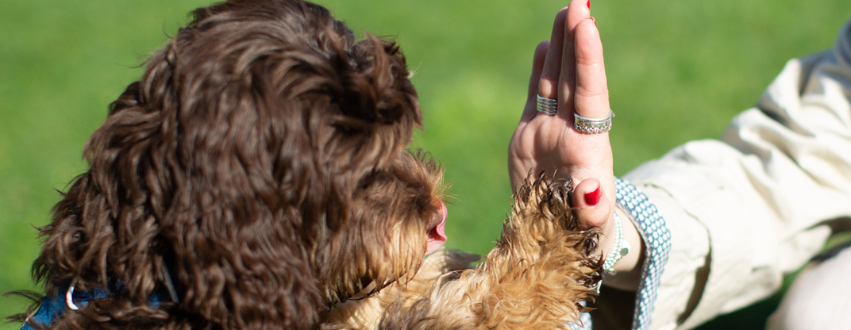
Hannah Thompson (Dog Trainer and Behaviourist) believes the most important tip to give new dog owners involves ensuring your four-legged friend is properly socialising them with the help of reassuring sounds from the moment they are welcomed into your family.
She says “I think the biggest one is socialisation. Making encouraging sounds and playing everyday noises to your puppy from the start whilst they’re doing positive things such as playing and eating can help them settle in and grow up as well adjusted dogs”
4. Reassure Your Puppy
@x_athena_the_frenchie_x highlights that although patience is key and giving your new pup a bit of space is important while they settle into their new surroundings, providing lots of verbal reassurance and gradually introducing them to all other members of the family is also key to making them feel right at home.
She says: :Give lots of praise and reassurance, and slowly introduce your pup to their new home. If you have children, explain that a puppy needs to have some quiet time and make sure to place their bed slightly away from the centre of all activity in the room to make sure they are able to sleep when they need it. Also don’t over-stimulate your puppy and remember this is new for them, so there will be accidents aplenty. Patience is key”
5. Research The Breed

Sharon Calvert Wormald believes the key to successful dog ownership is selecting the right breed to best suit your family
She says “Research the best breed to suit your family and circumstances. If you’re active, it’s better to get a breed which also active, such as a Collie or a Spaniel. If you tend to want to relax more, a mellow breed is better. There’s nothing worse than choosing the perfect looking pooch only to be overwhelmed by their exuberant nature or vice versa”
6. Comforting Your Puppy
@sambaird34 points out that making your dog’s new bed as comforting and supportive as possible before their first night’s sleep in your home can make a huge difference in how they settle.
He says “For their first night in their own bed, put a tactile toy in with them, preferably something they had been playing with that day. You may also want to put a warm (not hot) water bottle next to them. If they are used to sleeping near their mother, a source of warmth may comfort your pup”
7. Training Your Puppy On And Off The Lead

Blair Woods believes you can’t look past training from an early age and socialising your dog with other canines
“My tips is something I did do, but I know a lot of people don’t - it’s so important to train your pup from an early age, both on and off the lead. This will allow your dog to mix with other dogs from the puppy stage”
8. Setting Boundaries
When it comes to top tips that first time dog owners need to know, @i_am_buddy_boo stresses the importance of creating boundaries and making sure both you and your furry friend stick to them
“Even when you feel tempted to let them slip occasionally, creating and sticking to set boundaries is so important! It definitely helps your relationship with the dog and they benefit from having these boundaries”
9. Toilet Training
Janis McPhee believes knowing how to properly toilet train your pooch is vital when becoming a first time dog owners. When asked what she wished she had known before welcoming her first pup she she says
“Remember to keep the back door open to let the puppy get used to going outside to pee and poo in the early days. Even though it might be cold, it’s worth it and soon the puppy with simply wait at the closed back door when they know nature is calling”
10. Loving Your Puppy

Karen Evans offers perhaps the most important piece of advice of all when it comes to welcoming a new canine friend into your family. She simply says:
“Love them as they love you”
What advice do you wish you had been given before becoming a first-time dog owner? Let us know on social media using the hashtag #landlfriends or message us!


























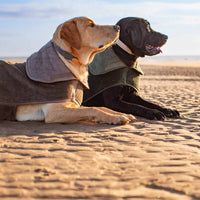

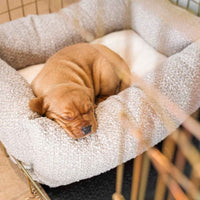

























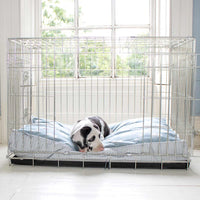
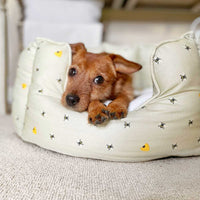
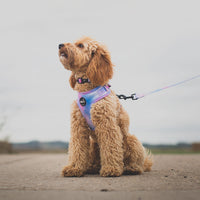
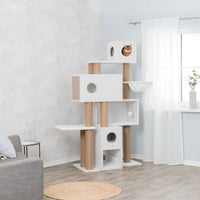
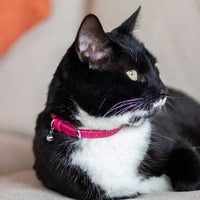




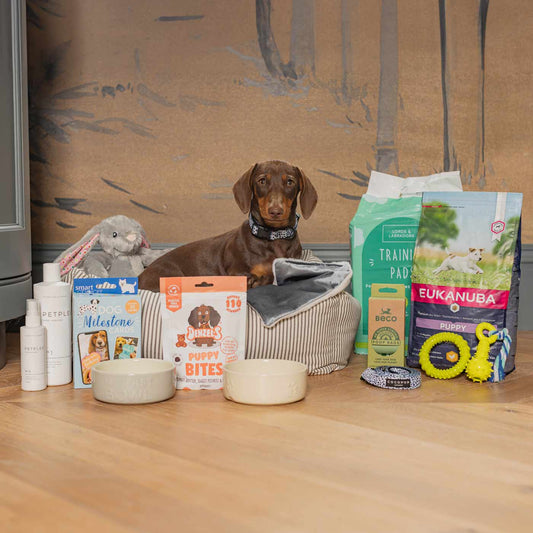
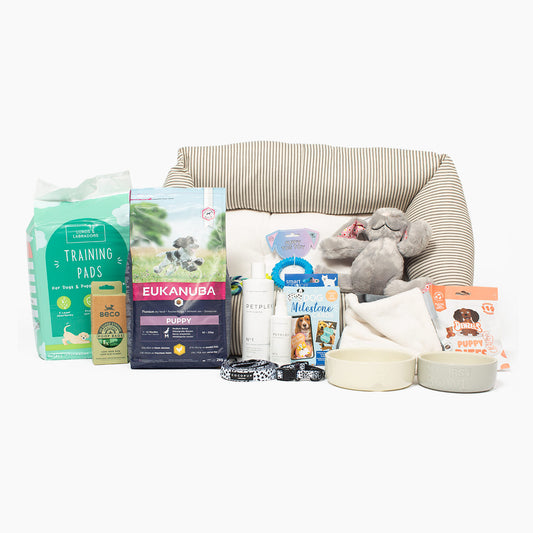
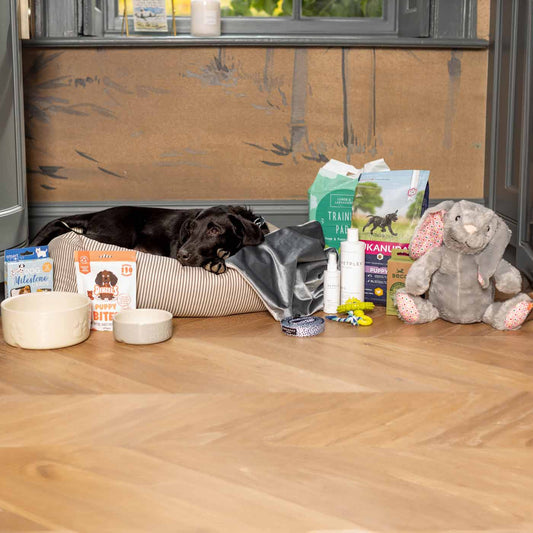




.jpg?v=1723712924433&options=)

























